What do values have to do with performance? Consider this three year study by Harvard business professor Rosabeth Moss Kanter. In examining 350 major corporations throughout the world she found that companies that embrace values have a unique competitive advantage. They act with more rapidity and creativity when true to purpose and values. Global giants like IBM, Banco Real, P&G, Cemex, Omron had the agility and innovative capacity of much smaller enterprises when acting consistent with purpose and values.
How can you awaken this power in your company? Here are some simple suggestions that have proven successful in other companies:
-
Start by using the Mountains and Valley’s exercise. You’re essentially asking people to identify milestone events, whether positive or negative. It’s sometimes easier to ask them to think in terms of their careers. Keep it simple and choose two negative and two positive events.
- Ask: What values were present or honored that made it so satisfying? What values were absent or threatened that made it so unsatisfying?
- Listen carefully and focus on the event, listening for keywords (values) in the story being told. Ask if this is the value that fits. How you’re listening and what you say back to the person is what helps hone in on the values.
- Which of the values are core values (i.e. a value you would quit over!) Prioritize and define the top 1, 2 or 3.
- Where this becomes really powerful is when you determine the core values of the group. In any group of individuals consensus is invariably an elusive beast. But aligning around core values is not, and this can coalesce and energize a group. Combine that with a clear sense of purpose that is mutual and you have an unstoppable team or “tribe” with vastly enhanced capacities.
- With a small group combine the values and wordsmith them. What values are missing that need to be there that didn’t show up yet?
-
With a large group, do a “World Cafe”around the same process and see what they come up with as a team. Simply put, set up a number of tables with 6 people and a flip chart at each. After 15 minutes 5 ofthe 6 move to another table (1 remains as a note-taker) and repeat 3x. This will reveal an organization or tribe’s shared values.
After they’ve identified the core values of the organization, ask:
- Where in your organization do you have policies, procedures or systems that violate those core values (then realign them!).
- What projects could you create that are driven by core values?
- What projects need to be re-evaluated or dropped?
Doing this exercise with very large corporations, you may hear “we have our
values, they’re over there on the wall.” Ask “What about for your ‘tribe?’ How do the values fit?” The tribe needs to connect to values that are meaningful to them (hopefully resonant with the larger organization’s values). In doing strategic planning, that team’s resonant core values will be important (and more meaningful than the generic values).
Living from your values has to become a practice. Over time you’ll learn to notice your own little peaks & valleys as they occur and be able to look beyond the reaction and connect to the values at play. Living guided by your core values makes ordinarily difficult decisions easy, energizes performance, and supports collaboration. Besides, it’s much more fulfilling!
If you’d like free information about any of the tools above, plus a bonus worksheet template for taking values-based actions, just contact us and ask.




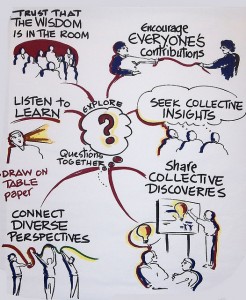
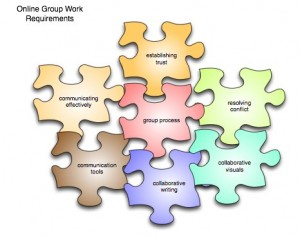
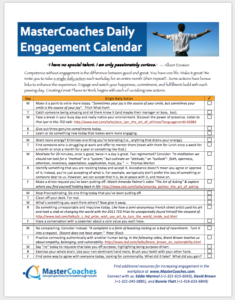
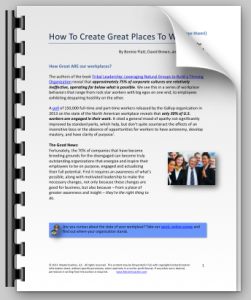
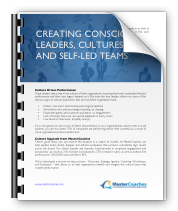
Social Links